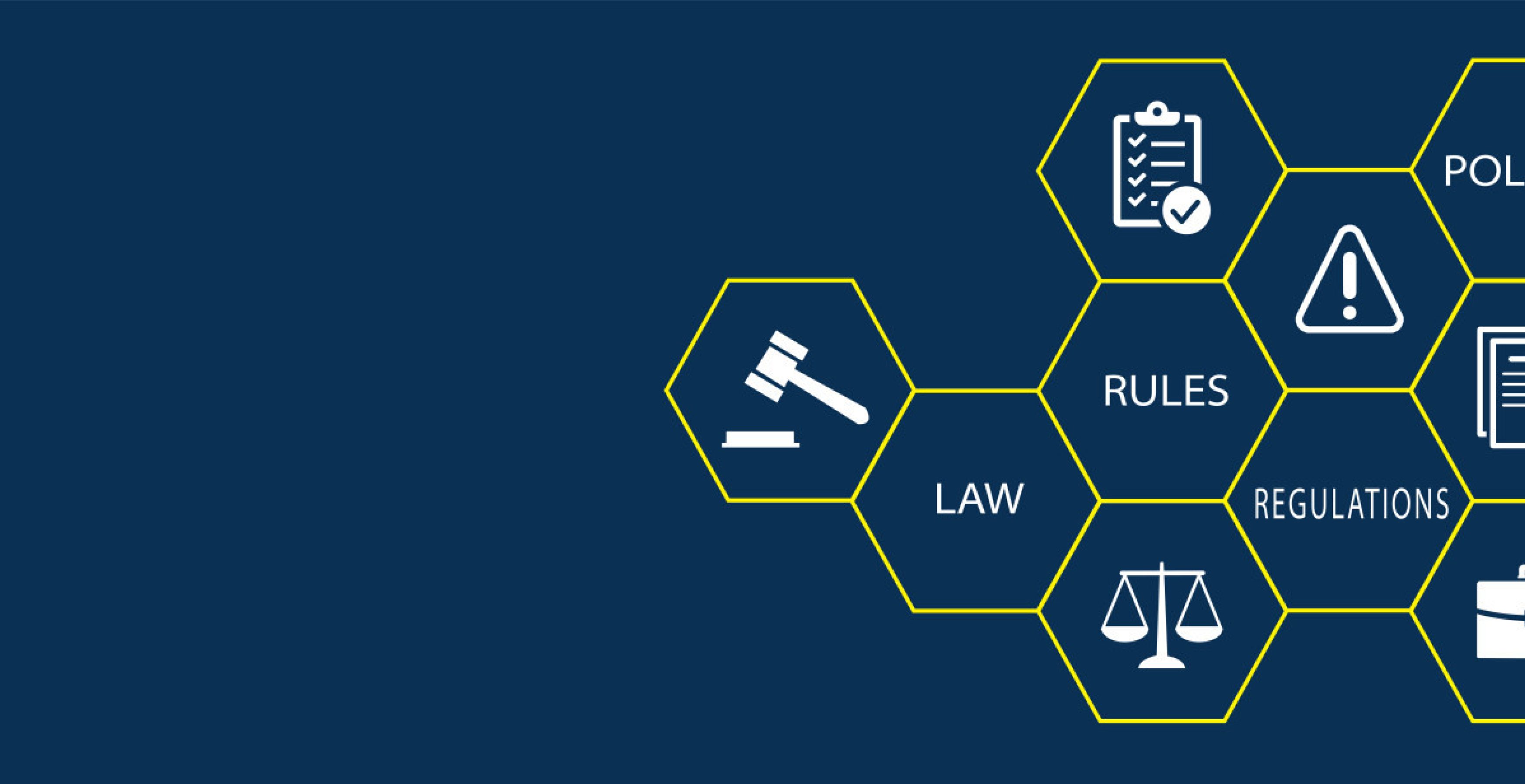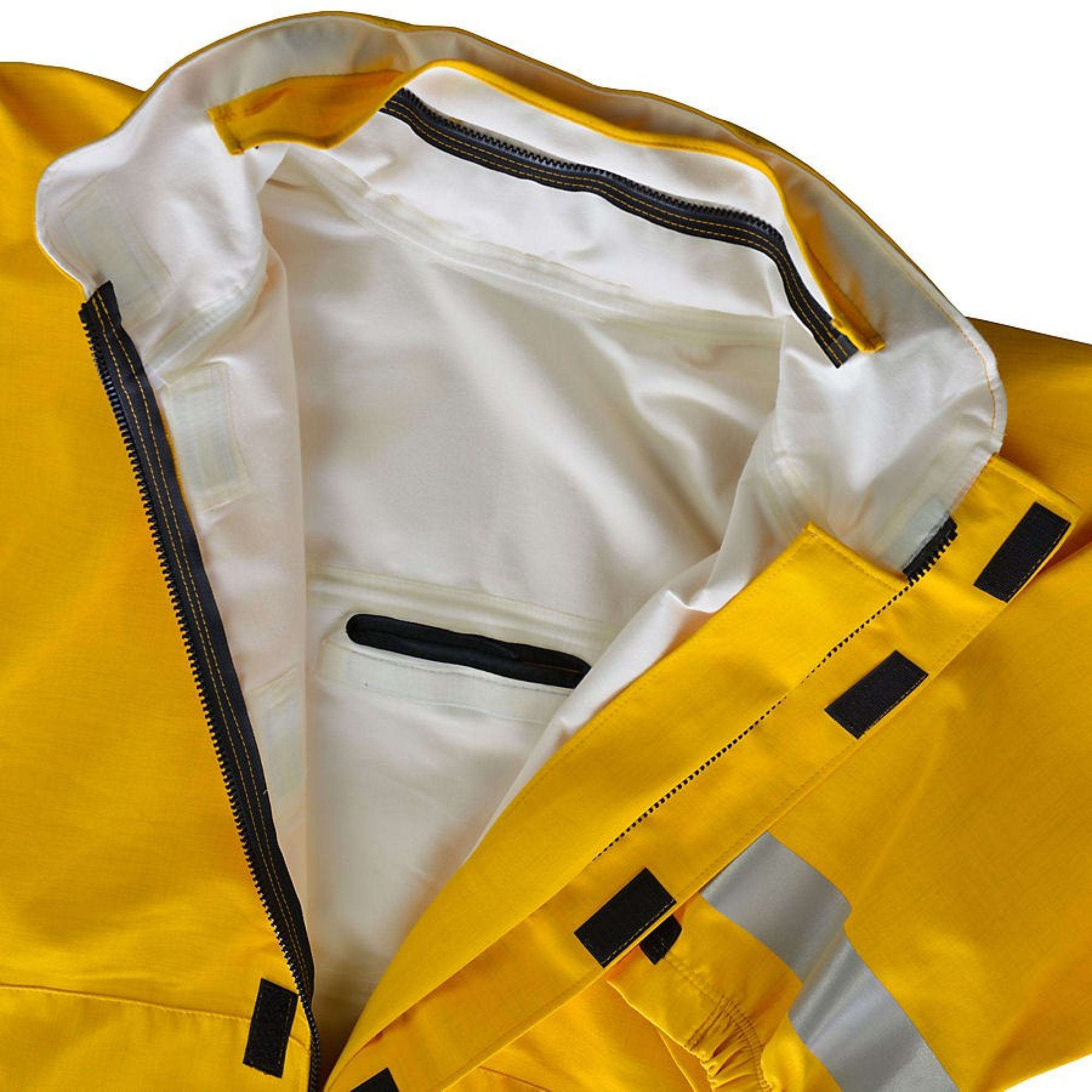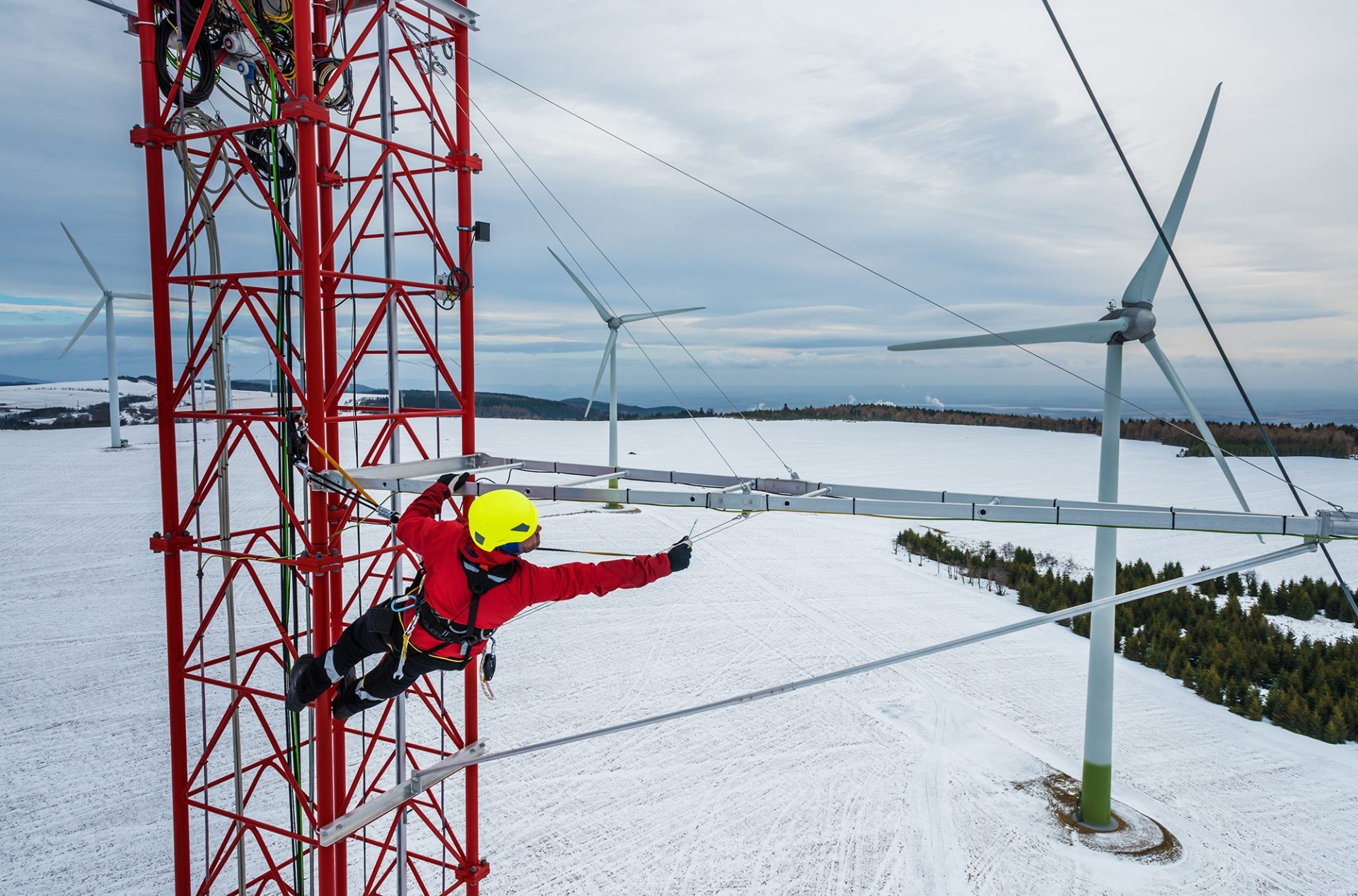

Comfort
The Elements of Comfort: Breathability, moisture-wicking, fabric texture and weight, fit and stretch.
Comfort Standards
Safety Vs Comfort
It is customary for PPE hazard risk assessment to encounter the two conflicting issues of safety versus comfort. Textile comfort is normally a high priority since exposure to radiant heat is a common workplace hazard, however the choice of comfort, often regarded simply as textile weight, can in some cases compromise the desired level of protection. One criterion opposing comfort is that the level of protection typically rests in a textile's weight and composition and in general, heavier weights will provide better insulation from heat transfer. End users therefore face the dilemma of deciding two very important but conflicting issues when installing FR PPE programs.
Certain textiles might not be capable of providing simultaneous protection against potential hazards in which case additional solutions, such as primary protection and/or layered systems should be considered. This level of protection usually applies when workers regularly move between areas where primary over secondary protection is required. However, when using layered systems for protection against electric arc, it should be noted that the arc ratings of the individual layers cannot be simply added together, since in some cases, layering can actually decrease the total protection. The only way to use a layering system to achieve protection is to conduct a multi-layer arc flash hazard assessment. In other instances, non-melting FR undergarments can be worn under FR workwear to increase thermal insulation and protection from electric arc and flash fire exposure.
Moisture Wicking
The air permeability of an FR fabric, or the ability for air to pass through it, has been a key breakthrough in creating more comfortable fabrics. PPE made with less breathable material trap heat close to the body and insulate the wearer, which might be desirable in very cold working conditions, but in most cases, wearers are looking to reduce the risk of heat stress. Breathability in fabric allows the wearer's body to regulate itself the way nature intended, letting body heat radiate out through the fabric.
Moisture wicking fabric is commonly used in industrial workwear because the material is designed to draw moisture away from the skin and out to the exterior of the fabric. It is much easier for the moisture to evaporate on the surface of the fabric than when it is trapped between the garment and the skin. Wicking fabrics are woven in such a way that the moisture is forced into and through the gaps in the weave so it can find the outer shell of the material. The weave itself makes the material highly permeable.
Moisture wicking fabric keeps workers comfortable and dry while performing hard physical work. In addition, moisture wicking fabric can also be important in the prevention of hypothermia. When workers work outdoors in cold weather they have to wear warm clothing, often in layers. Once they begin working however, their bodies heat up and they may begin to perspire.
Standards
| STANDARD | TITLE |
| ASTM E96 | Standard Test Methods for Water Vapour Transmission of Materials |
| ASTM F1868 | Standard Test Method for Thermal and Evaporative Resistance of Clothing Materials Using a Sweating Hot Plate |



